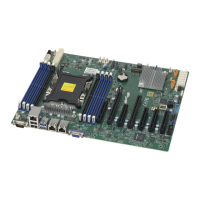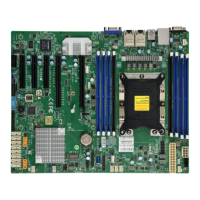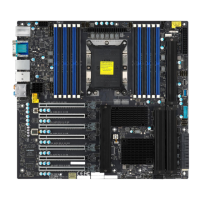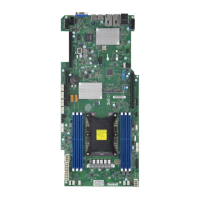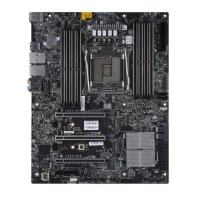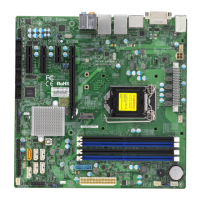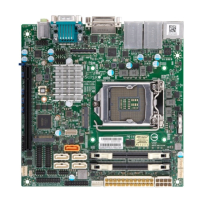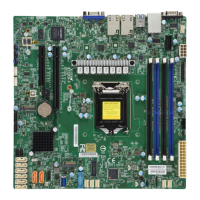Do you have a question about the Supermicro X11SPM-F and is the answer not in the manual?
| COM ports quantity | 2 |
|---|---|
| USB 2.0 ports quantity | 6 |
| USB 3.2 Gen 1 (3.1 Gen 1) Type-A ports quantity | 5 |
| Maximum LRDIMM memory | 384 GB |
| Supported RDIMM clock speeds | 1600, 1866, 2133, 2400, 2666 MHz |
| Supported RDIMM module capacity | 4GB, 8GB, 16GB, 32GB |
| Supported DIMM module capacities | 4GB, 8GB, 16GB, 32GB, 64GB, 128MB |
| Supported LRDIMM module capacity | 32GB, 64GB |
| ECC | Yes |
| Memory voltage | 1.2 V |
| Maximum RDIMM memory | 192 GB |
| Supported memory types | DDR4-SDRAM |
| Maximum internal memory | 768 GB |
| BIOS type | UEFI AMI |
| ACPI version | 6.0 |
| RAID levels | 0, 1, 5, 10 |
| Supported storage drive interfaces | SATA III |
| On-board graphics card model | Aspeed AST2500 |
| Storage temperature (T-T) | -20 - 60 °C |
| Operating temperature (T-T) | 0 - 60 °C |
| Storage relative humidity (H-H) | 10 - 95 % |
| Operating relative humidity (H-H) | 10 - 85 % |
| Processor socket | LGA 3647 (Socket P) |
| Processor manufacturer | Intel |
| Processor thermal power (max) | 165 W |
| Processor number of cores supported | 28 |
| Wi-Fi | No |
| Number of SATA III connectors | 12 |
| PCI Express x16 (Gen 2.x) slots | 0 |
| Sustainability certificates | RoHS |
| Motherboard chipset | Intel® C621 |
| Motherboard form factor | micro ATX |
| Harmonized System (HS) code | 84733020 |
| Width | 243.8 mm |
|---|
